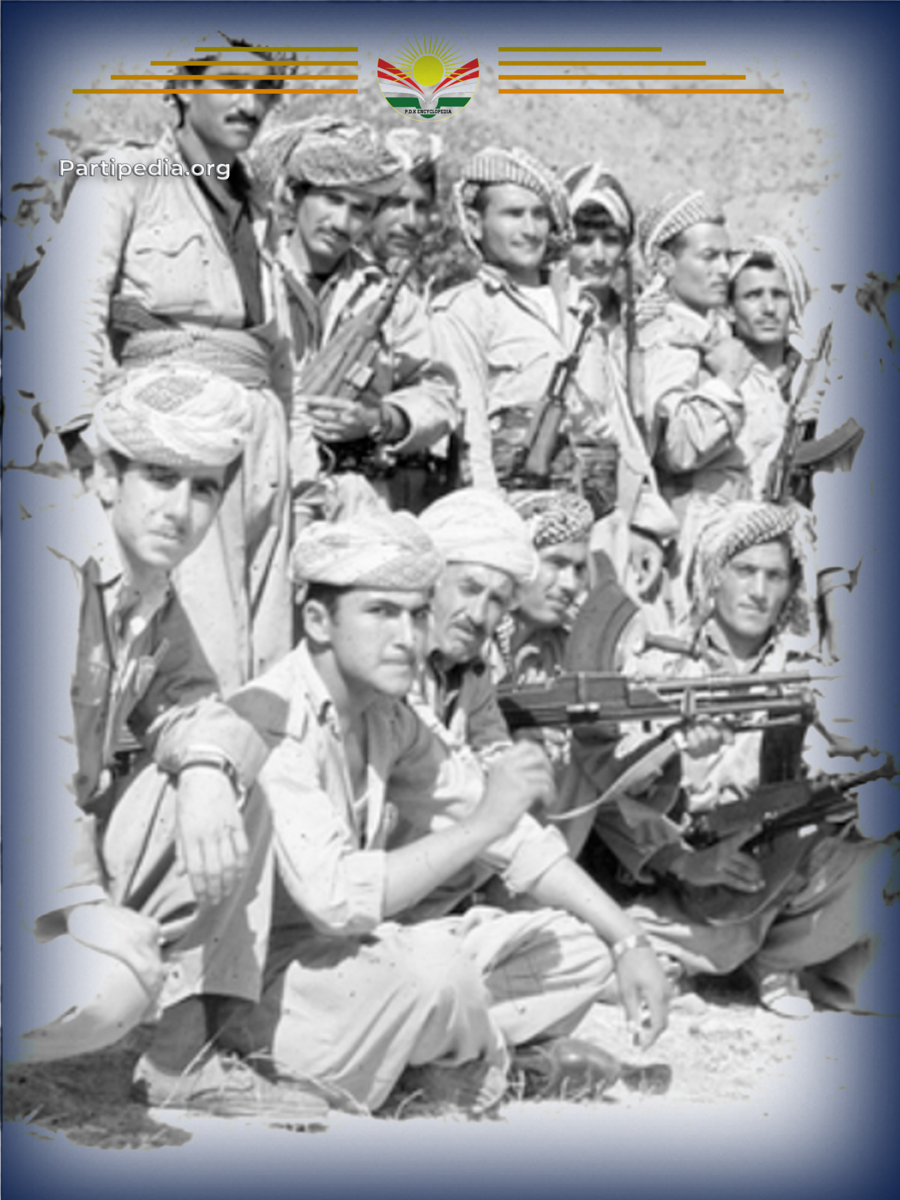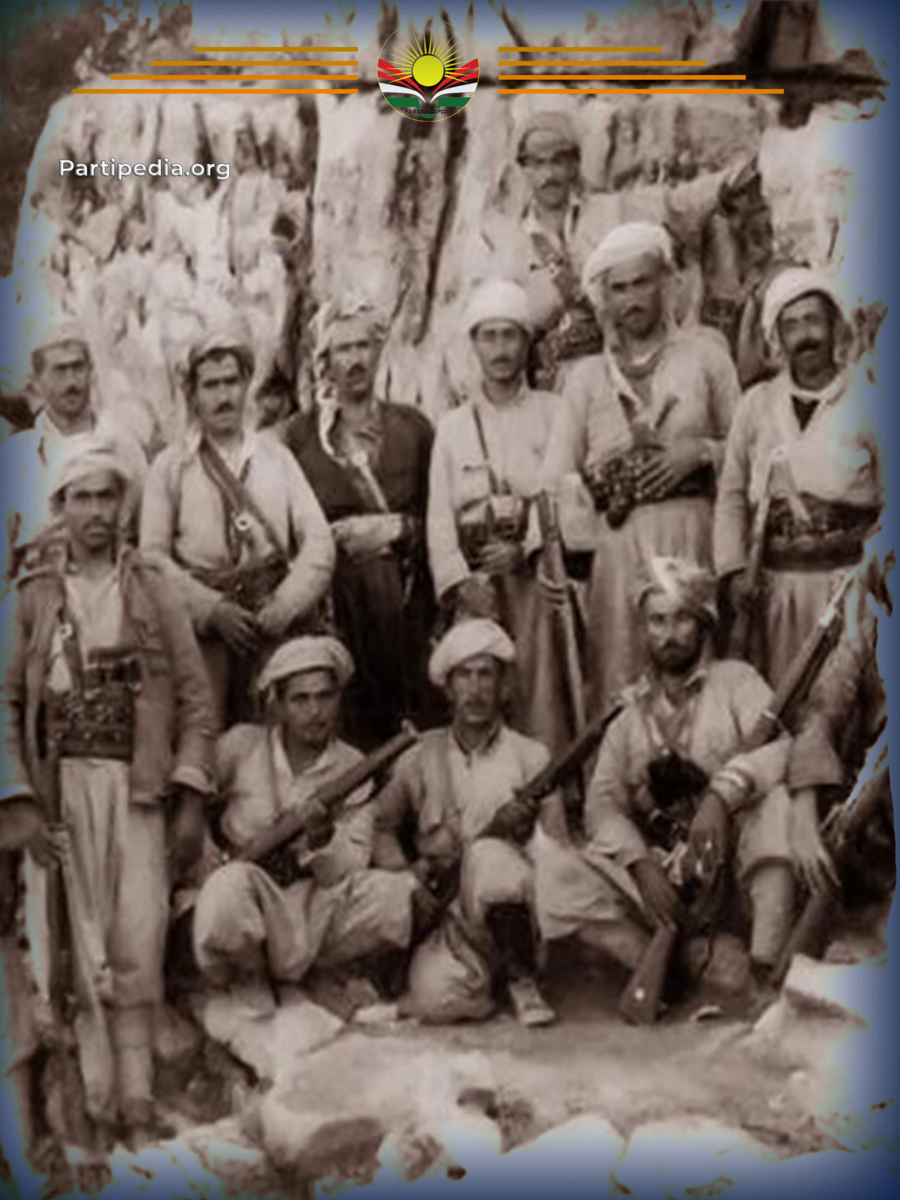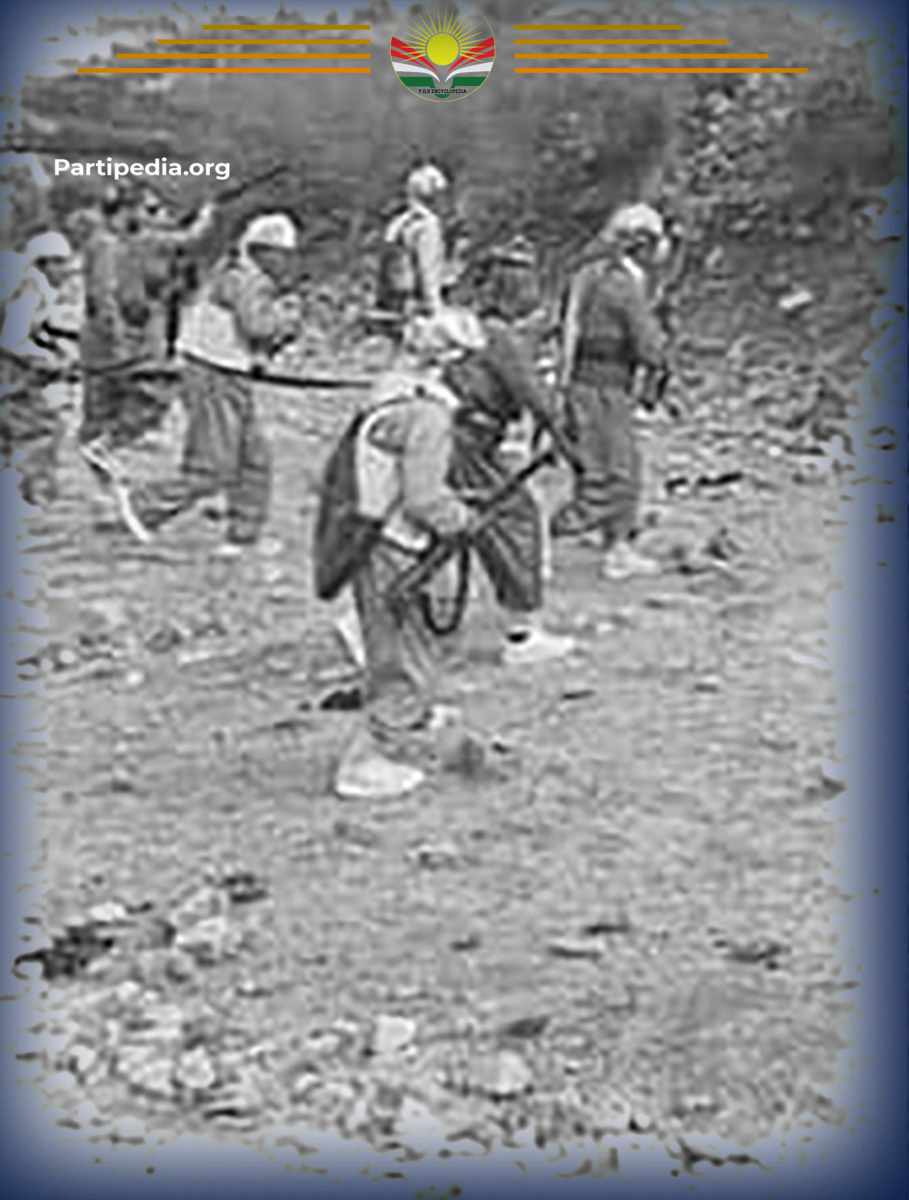Haji Omeran is located 183 km northeast of Erbil, Choman district on the border of the Kurdistan Region and the Islamic Republic of Iran. Also, Numerous significant historical occurrences have been influenced by the region's geography, particularly the Kurdistan revolutions. The most prominent of these was the Aylul Revolution, which Mustafa Barzani led from 1961 to 1975. Furthermore, Sayed Abdullah, who was killed on the border of Omeran on May 26, 1976, was the first martyr of the Gulan Revolution. Due to the eight-year war between Iraq and Iran, Haji Omeran and its villages were totally destroyed for three years up until 1988. Later, in the spring of 1991, the region was completely rebuilt due to the great uprising of the Kurdish people.
The Political Bureau of the Kurdistan Democratic Party (KDP) was based in the village of Kawpar in Khane (Piranshar), East Kurdistan, following the start of the Gulan Revolution. The leadership of the revolution decided that action needed to be taken to remove the artillery because it appeared that the artillery of the Iraqi army from Haji Omeran had been harassing them with sporadic shelling. For this purpose, a force of about 60 Peshmergas under the command of Zukri Yahya Khan, Yasin Berokhi, Ahmad Kashkhay Galali, Hassan Agha Zewayi and Omar Osman were allocated to carry out this action. The force climbed from Haji Brahim village to Kandil Bachuk and headed towards Mount Kodo. They dominated the region that included Haji Omeran, Rayat, Choman, and the surroundings. They then instructed the Iranian artillery to begin bombarding the Haji Omeran military base and artillery battalion of the Iraqi regime. Following the discovery of the location, the bases and artillery of the Iraqi army were shelled for two to three days.The Iraqi army was heavily shelled, and as a result of the shelling, they were severely damaged and could no longer hold back, so they withdrew.
The revolutionary leadership decided to seize this chance when they became convinced that the war between Iran and Iraq was entering a challenging phase. As a result, they had a meeting with the revolution's military leaders and talked about the conflict between the two states. According to the information received, the border areas were not very strong because of the war, so it was considered good for the areas to fall under the control of the revolution. To implement this idea, the revolutionary leadership decided to attack Haji Omeran. But they had a problem: the heights of the region were in the hands of the Kurdistan Democratic Party of Iran.
On the night of October 17-18, 1980, the Peshmergas of the Kurdistan Democratic Party (KDP) with the support of Iraqi artillery attacked the military base of Khane (Piranshar). The Iranian Army evacuated Haji Omeran following the assault. The Peshmerga forces were sent to the highlands by the revolutionary leadership, who also requested assistance from the Iranian government for an assault. They agreed, but the help was not what they had anticipated. Then, Massoud Barzani, the president of the Kurdistan Democratic Party (KDP), decided on the following objectives for the attack following a meeting with Peshmerga representatives:
- Ali Khalil, Sabri Nerwayi, Ali Shaban and Najmadin Goroni were assigned to Ena Valley and Maran to put pressure on the Choman-Haji Omeran Road under the command of Ali Khalil.
- M. Ali and the force of Branch Two descended towards Gundezhor to Rayat Road.
- Hamida Fandy, Arif Yasin, Branch Four, Tahsin Nerwayi and Abdulrahman Taha for Siber Valley in eastern Haji Omeran.
- Hasso Zhazhoki was assigned to Shiwarashi.
- Forces of the second branch of Rasul Faqe, Abdullah Qado, Faizo Salim Khan and Mullah Rasul Regay Haji were given the roads of Omeran .
- Haji Berokhi and Rashid Isomari remained in Qamtara as reserve forces.
- D. Roj Nuri Shawes, Rais Abdullah, Azad Barwari and Fatah Agha were assigned to command and supervise the fighting in the field.
On November 11, 1980, the offensive's business was concluded, and each force departed for its destination. In order to support the fighting, Iran provided logistical support, shelled Iraqi army bases, and helped transport martyrs and injured people by using helicopters. Iran additionally pledged to assist the Peshmerga by using warplanes to counter Iraqi army helicopters but failed to follow through. Despite the fact that, the government forces were in a better position than the Peshmerga. However, based on the information they had the only significant challenge was the bitter cold and snow.
The attack started on November 15, 1980. The Peshmerga-marked areas were initially shelled by Iranian artillery, but the results were less than expected. Nevertheless, Sari Shiwarash was about to be taken over by the Peshmerga. Furthermore, five soldiers were taken hostage, and three significant locations on the Sebar front fell into the Peshmerga hands. However, due to the snow and storms, the Peshmerga were in grave peril in the highlands. Despite this, the attack was very effective. Haji Omeran was takenby the Peshmerga up until the mosque. The campaign cooled down following the news of the martyrdom of Fatah Agha and several Peshmergas in the force of Haji Berokhi, despite the fact that there were many bodies of Iraqi soldiers left on the battlefield.
This battle lasted 48 hours. Many places fell into the hands of the Peshmerga, but it was decided to withdraw because of the danger of snow that blocked the road, and it was difficult for the Peshmerga to defend. Furthermore, a large regime force was ready to attack the Peshmerga in Diyana. The Iraqi army lost more than 70 soldiers. Moreover, five prisoners and some weapons and ammunition were taken by the Peshmerga.
The Peshmerga forces withdrew after deciding to halt the assault. Also, The Maghawiri forces of the Iraqi army moved back to their original positions. The Peshmerga forces remained in the village of Tamarchian in East Kurdistan for a month, but went to the highlands for duty.
The losses of the Peshmerga forces in this battle included 14 martyrs and 26 wounded, many of them due to intensive artillery shelling of the Iraqi army. It is important to note that, as stated in the book Barzani and the Kurdish Liberation Movement, the Peshmerga had underestimated the strength of the Iraqi government forces based on the information they had received. Additionally, the Peshmerga were unable to fully seize control of Haji Omeran due to the cold, particularly in the highlands.
Resources:
-
عومەر عوسمان: ژیانى کوردیک، بەرگى یەکەم و دووەم، چاپخانەى موکریان، چاپە دووم، هەولێر-٢٠٠٨.
-
مەسعود بارزانى: بارزانى و بزوتنەەى ڕزگاریخوازى کورد، بەرگى چوارەم ١٩٧٥ – ١٩٩٠ شۆرشى گوڵان بەشى دووەم چاپى یەکەم، چاپخانەى ڕوکسانا، ٢٠٢١.
-
غازى عادل گەردى: پێشمەرگەیەک لە خزمەت ڕێبازى بارزانیدا حەجى بیڕۆخى، بەرگى دووەم، چاپى دووەم، تورکیا، ٢٠٢١.
-
حاجى میرخان دۆلەمەرى: گەڕان بەدواى دادپەروەریدا، بەرگى دووەم، چاپى دووەم، کوردستان- ٢٠٢١.








